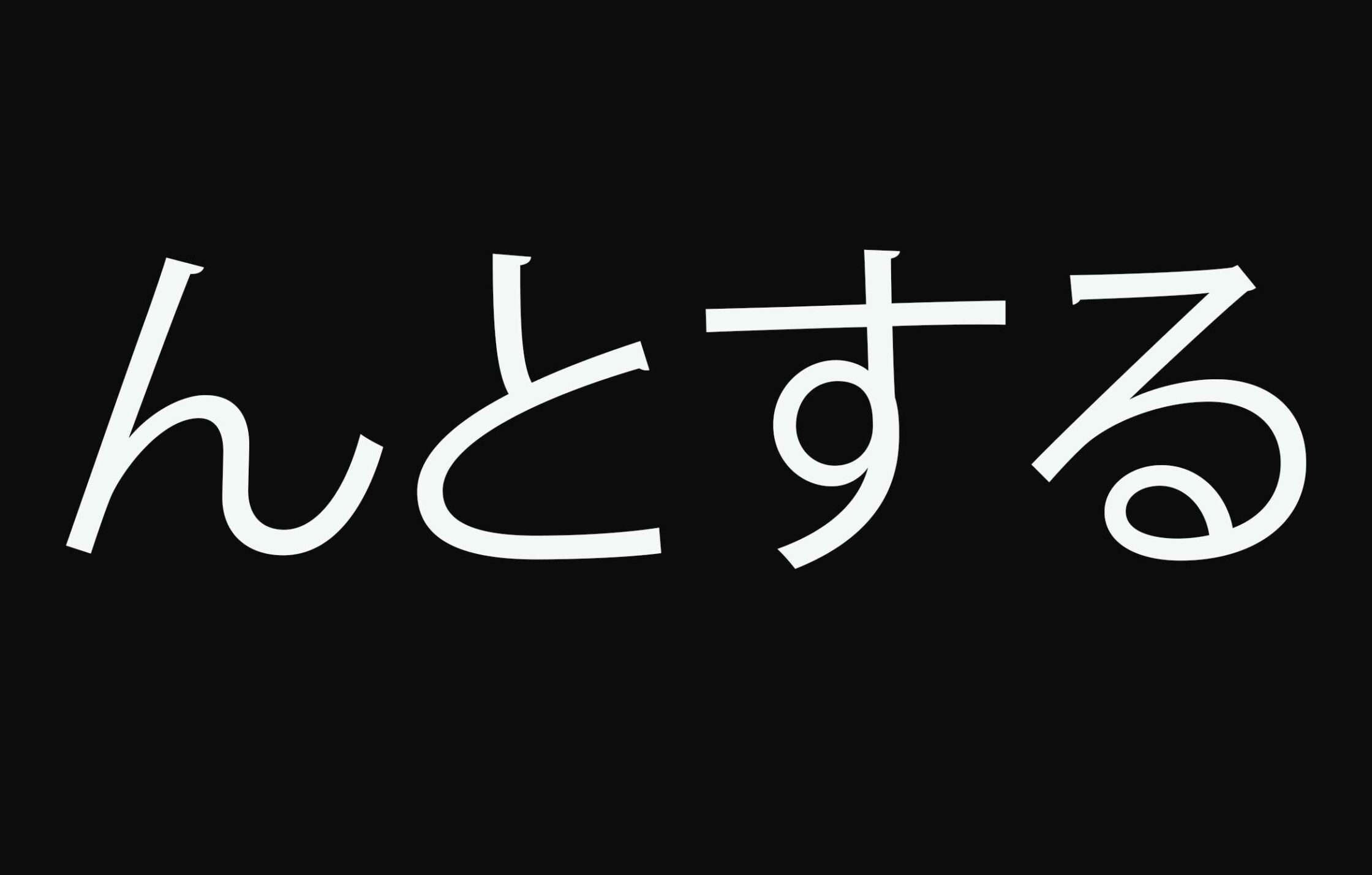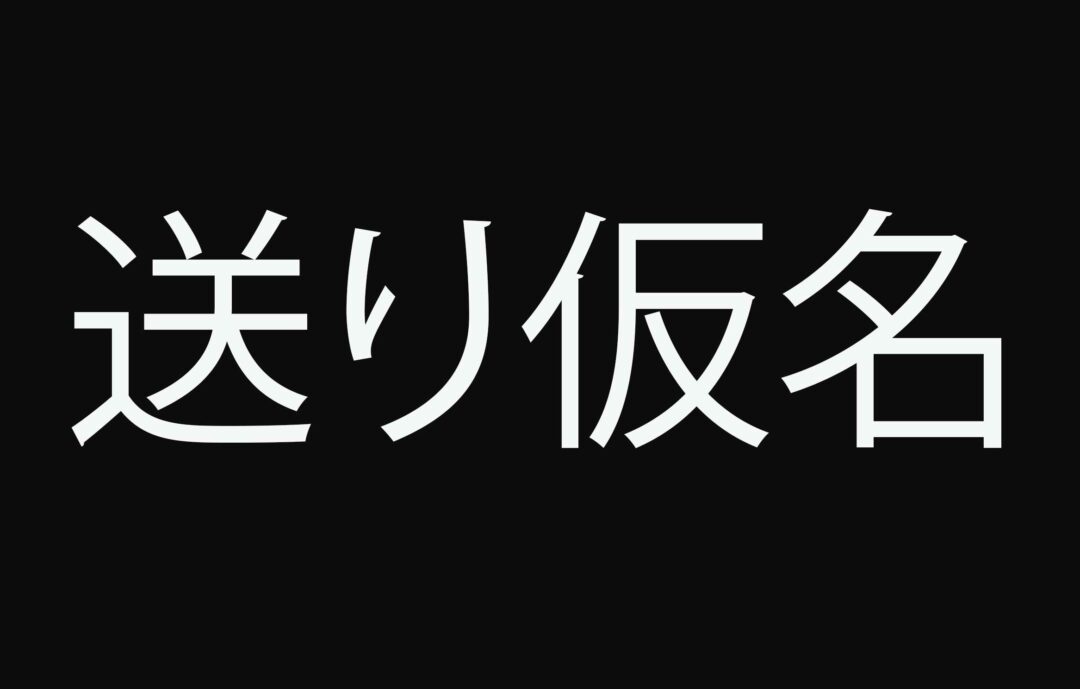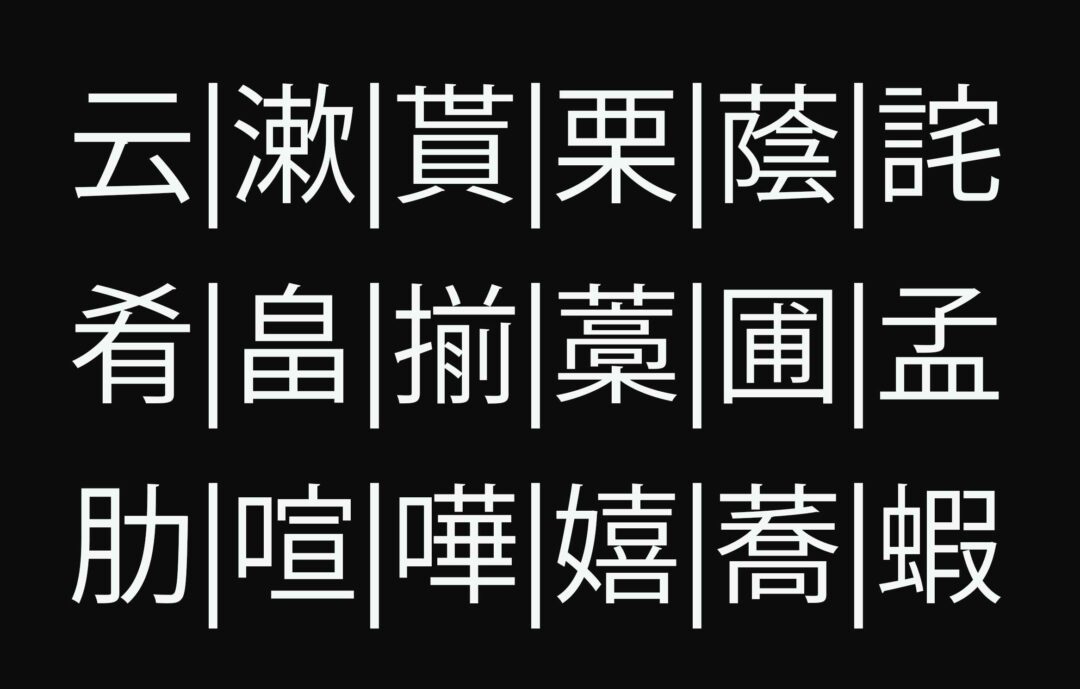In Japanese grammar, “んとする” is a phrase that means for “someone to try to do” or for “something to be about to occur.” It is very often used to describe an action that someone is attempting to do or is in the process of doing.
Here’s a few examples of んとする in action:
- 私たちは今、新しいレシピを試んとしている。 (Watashi-tachi wa ima, atarashii reshipi o tamesun to shite iru. / We are currently trying out a new recipe.) In this sentence, the speaker and their group are in the process of trying out a new recipe.
- 私たちは明日のテストを受けんとしている。 (Watashi-tachi wa ashita no tesuto o uken to shite iru. / We are trying to take the test tomorrow.)
- 彼女は英語を学んとしている。 (Kanojo wa eigo o manan to shite iru. / She is trying to learn English.) The woman is in the process of trying to learn English.
More examples:
- 私たちは明日のテストを受けんとしている。 (Watashi-tachi wa ashita no tesuto o uken to shite iru. / We are trying to take the test tomorrow.)
- 彼は日本語を勉強せんとしている。 (Kare wa nihongo o benkyōsen to shite iru. / He is trying to study Japanese.)
- 彼女は私のことを忘れんとしている。 (Kanojo wa watashi no koto o wasuren to shite iru. / She is trying to forget about me.)
Any questions?





